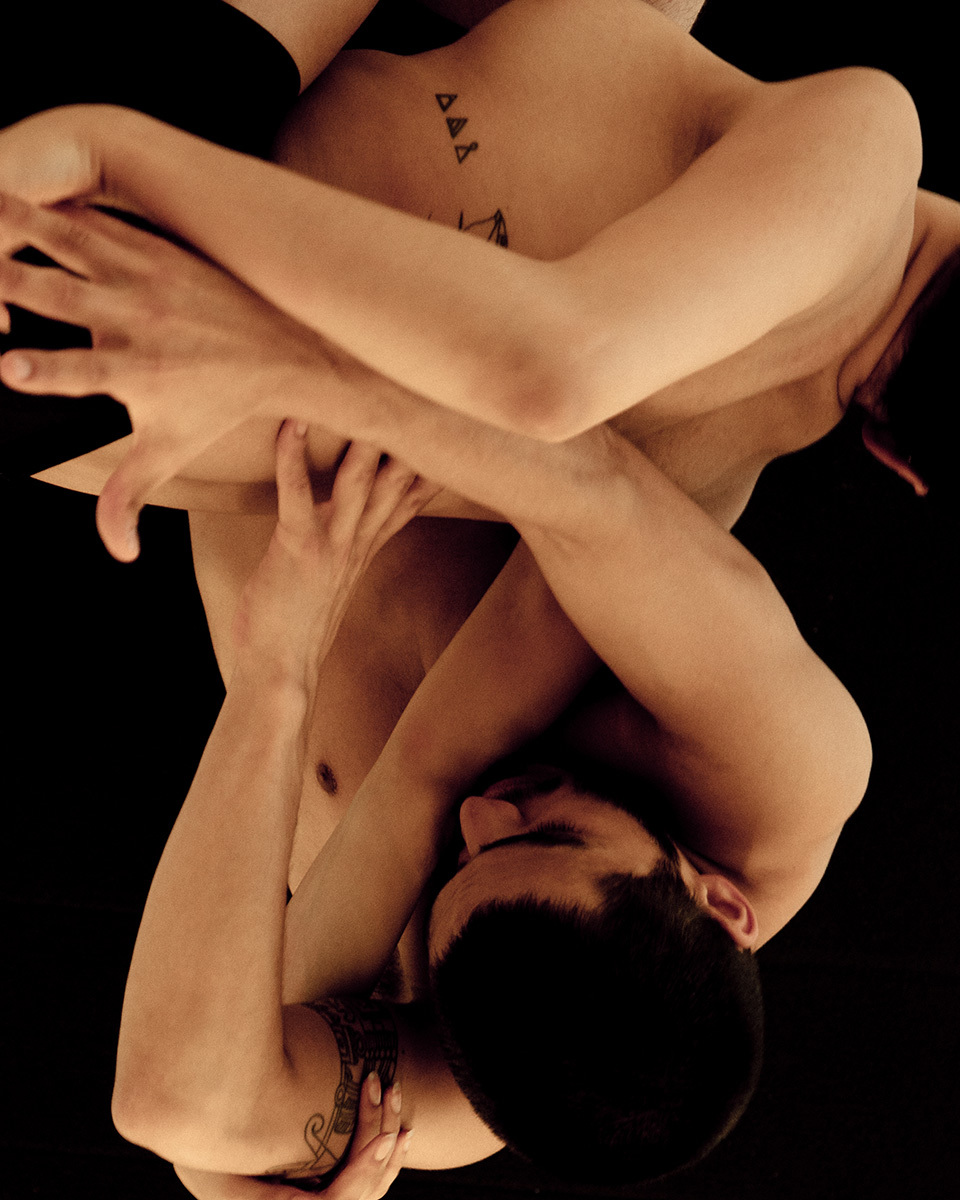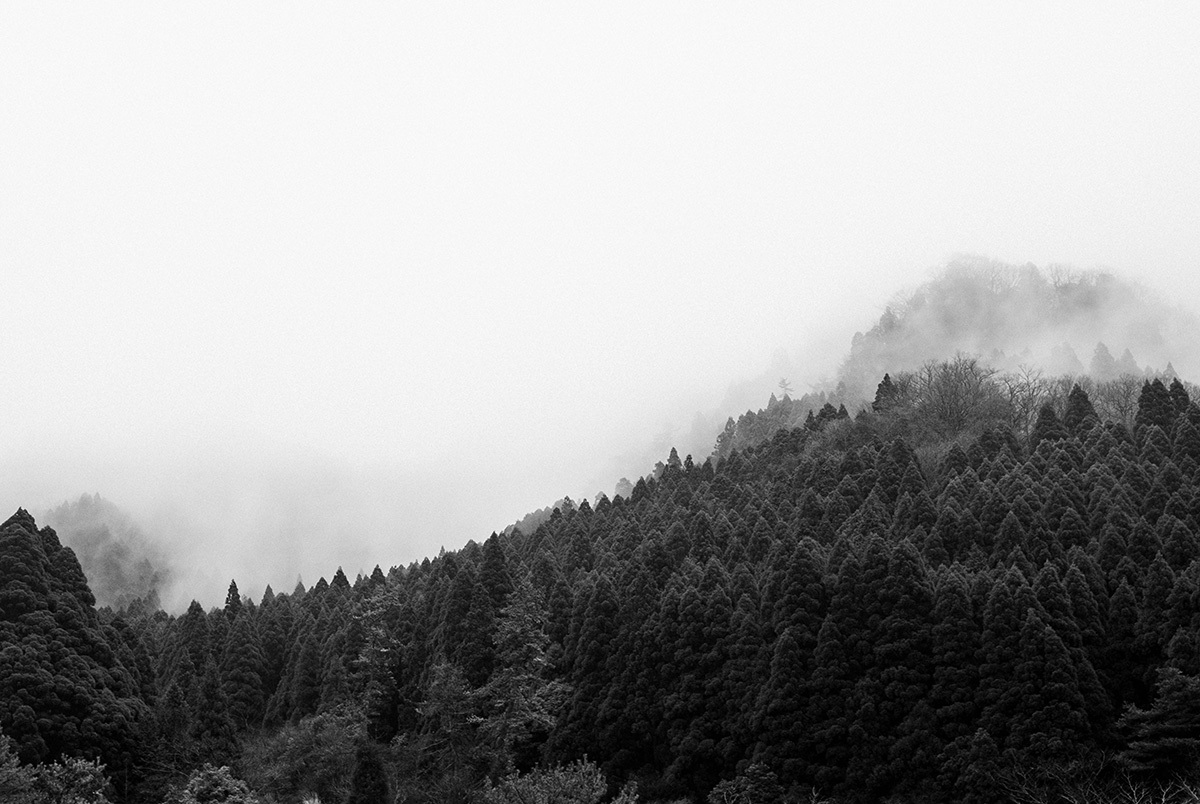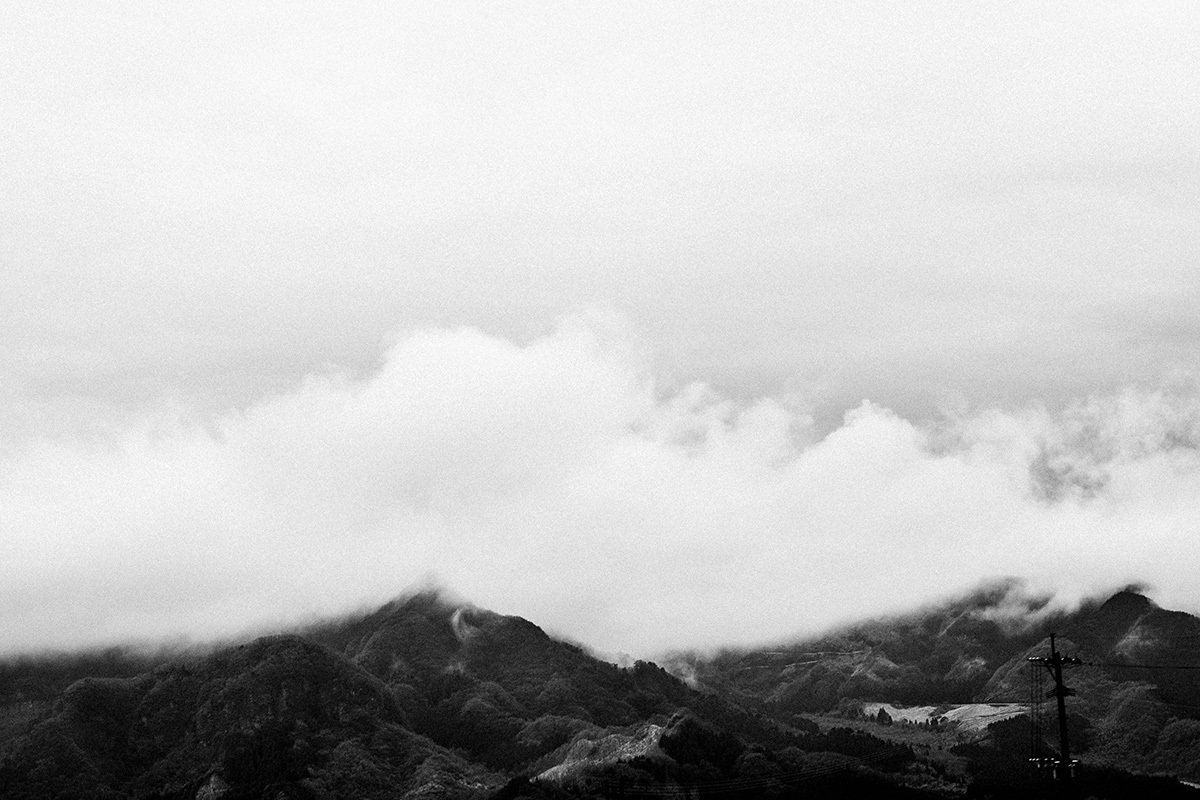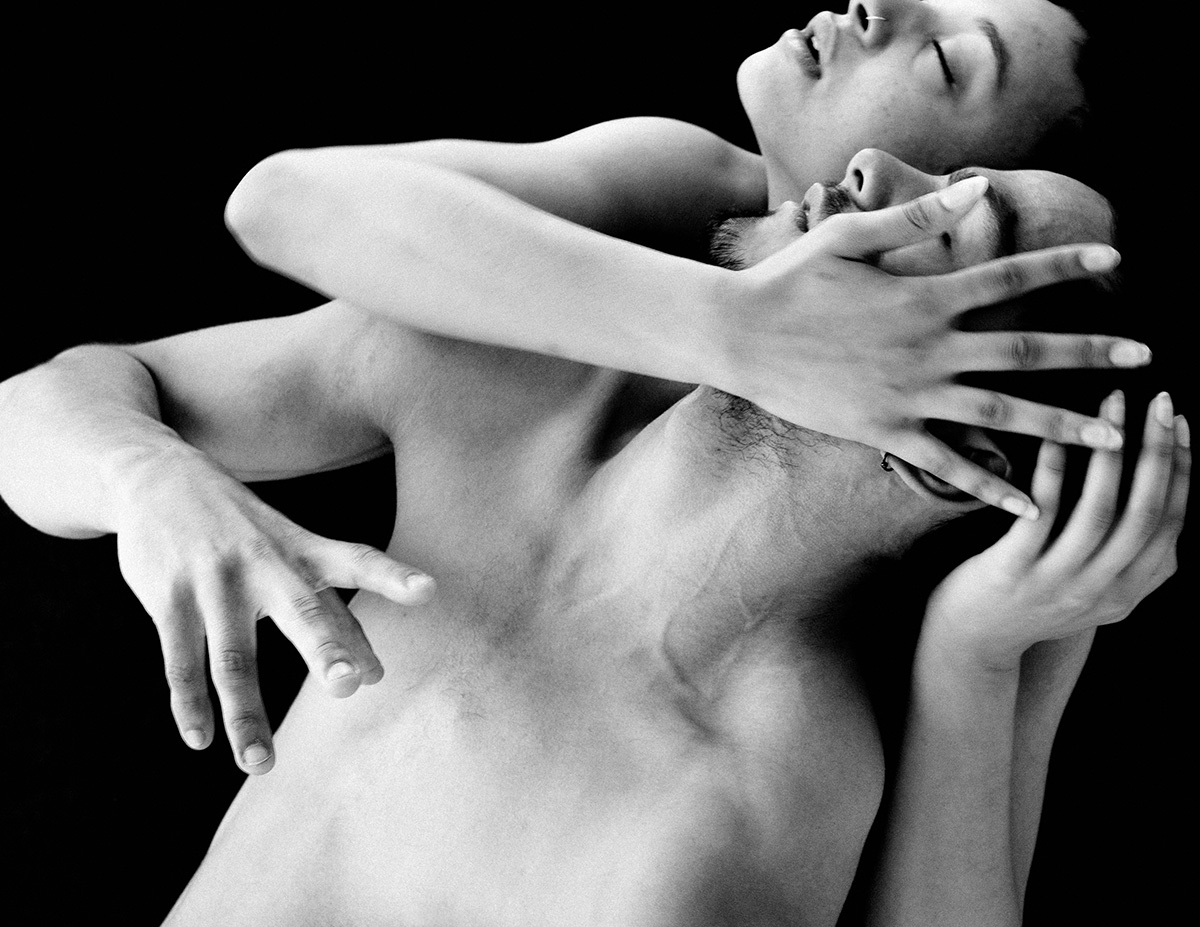Sometimes, it’s easy to forget that us humans are actual natural, living beings — especially given our overwhelming reliance on our iPhones to do everything for us. It’s easy to forget that we aren’t actually the machines that we would all probably die without. It’s easy to forget that, like all other mammals and birds and delightful things like leeches — yes leeches! — that we have also evolved over time and have unusual behaviour and primal instincts that can be narrated by David Attenborough.
You may have forgotten this, but photographer Paul Phung hasn’t. In a new zine produced for the Tate Modern’s recent Offprint festival, Phung showcases the seemingly disparate subjects of raw, fleshy dancers and foggy, tree lined landscapes — all the while reminding us that movement and nature actually go human hand in human hand (or paw in paw). That we are, fundamentally, borne of the same materials as that tree you took a piss behind in sheer desperation and/or laziness. And that it’s quite a beautiful thing, too.
We caught up with Phung to talk history, photography, and how trees actually look quite a bit like arms, don’t they.

Where did you grow up?
My parents moved around a lot when I was growing up, but we spent most of our time in small towns in the north west of England. As a teenager, I spent mostly all my weekends in Manchester, and that city taught me everything.
How did you get into photography?
After failed attempts studying pretty much every art course there was, I finally enrolled into a photography class and stuck by it.

Do you feel like a degree is necessary to pursue a career in photography?
I think it depends on the individual, it takes a certain person to be self-taught and I really respect people who have chosen that route. With that said, I wouldn’t take back pursuing my degree in photography. It was such an important time in my life looking back where I finally found a subject I felt passionate about and wanted to explore more off.
What is it about the medium that appeals to you the most?
I envisage images in my mind and it’s the only medium I know how to translate that vision onto paper.

What’s been your career highlight so far?
Working as a photographer full time is a highlight in itself.
Tell us a bit about your new photobook.
It’s the start of a series of photo books exploring movement. It started in Japan where I was out taking landscape photos in a thunderstorm, and I kept thinking how beautiful the trees looked blowing in the wind and I tried to imagine them as arms instead of trees. I wanted to this explore this more with human movement so I was linked with two incredible dancers (Nicolas Ventura and Salome Prussic Hewitt) and we came up with quite an aggressive dance piece to go alongside this idea.
It’s co-published by Village and Catalogue who are both people I met during my time at university so it makes this book extra special for me. It’s printed especially for the Offprint festival, which was held at the Tate Modern last weekend.

Who would you most like to shoot?
Just continuing to work with dancers and the human form is what I’m mostly interested at currently.
Why is creativity more important than ever?
Creativity has always been important, but it’s been lessened by the mass of information we intake everyday via social media. People now are more in favour of a greater output of posts than the actual information you’re giving.

What do you stand for?
Equality.
What are your hopes and dreams for the future?
Just to continue to always push myself as an artist.



Credits
Text Georgie Wright
Photography Paul Phung
